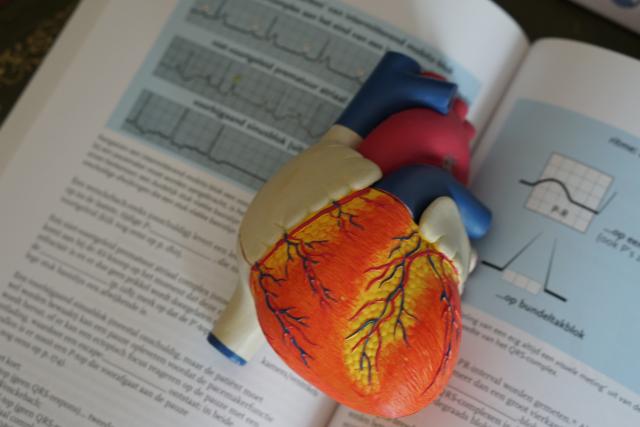More Melton and Moorabool residents are likely to die from coronary heart disease than the state average, new data reveals.
Data from the Heart Foundation’s Warning Signs Campaign, which ran from 2010-2013, was released earlier this month in conjunction with Monash University’s heart research.
Published in Heart, Lung and Circulation, the Monash University-led project examined awareness during and following the Heart Foundation’s Warning Signs Campaign, which ran from 2010-2013.
The new cross-sectional study compared awareness across 2010-2014, during and immediately after the campaign, and 2015-2020.
Awareness of chest pain as a heart attack symptom fell from 80 per cent in 2010 to 57 per cent in 2020. The proportion of respondents who could not name a single heart symptom increased from four per cent to 20 per cent.
Monash University School of Public Health and Preventive Medicine Associate Professor Janet Bray said the findings were very alarming and new approaches were needed to ensure people acted appropriately if symptoms occurred.
Associate Professor Bray said some people in Australia were “definitely” at risk of serious illness or death due to their lack of heart attack knowledge.
The Heart Foundation heart map found that in Melton there were 77 deaths per 100,000 people caused by coronary heart disease between 2012-20, with the state average 60.2 and the national average 63.8. But in Moorabool, the figure rose to 149 deaths per 100,000.
Melton recorded 31.7 hospital admissions per 10,000 people for heart related issues between 2012-16, below the Victorian average of 40.6 and national average of 42.3. In Moorabool, there were 47.6 admissions, which is higher than average.
Factors that are at risk of heart issues are current smoking, high blood pressure, insufficient exercise and obesity.
In all but high blood pressure, Melton and Moorabool were above both the state and national averages. It found that 72.7 per cent of Melton residents and 68 per cent of Moorabool residents weren’t getting enough exercise, well above the 65.7 per cent for the state and 66.1 per cent nationally.







